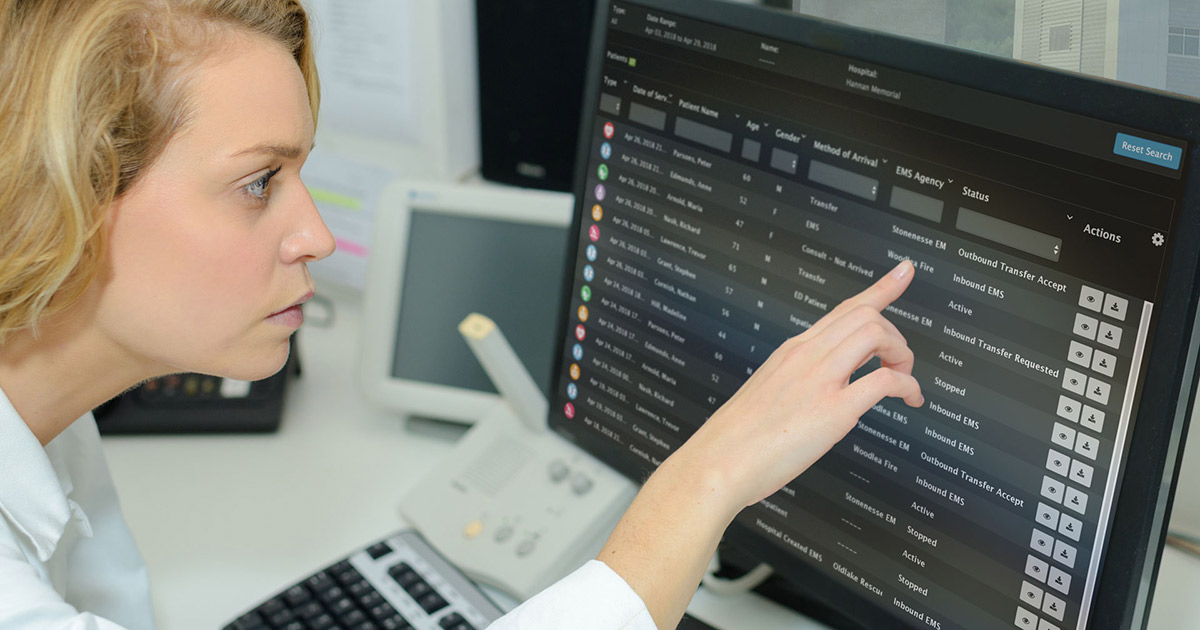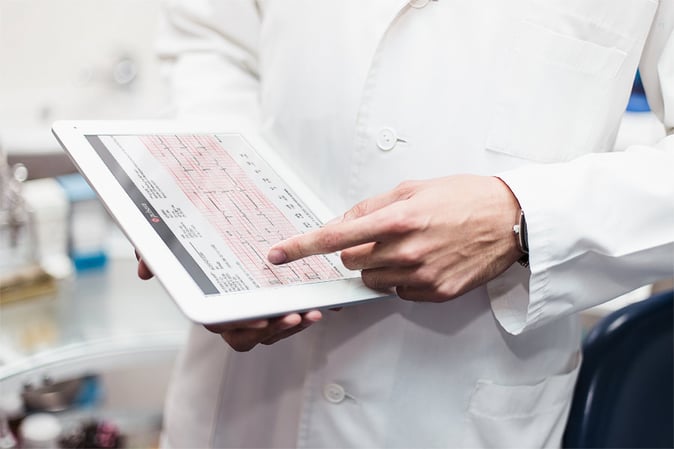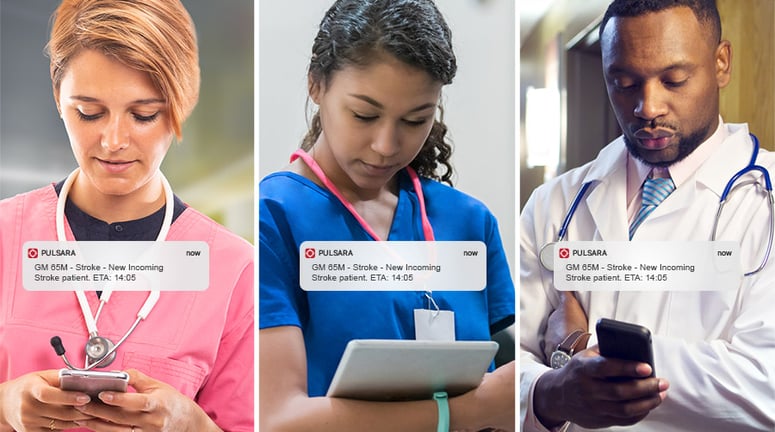Does Your Team Feel Unseen? Close the Leadership Disconnect with 2-Way Communication
Editor's Note: In July 2025, EMS1 and Fitch & Associates released their annual EMS trend survey, What Paramedics Want, proudly sponsored by Pulsara....
2 min read
 Team Pulsara
:
Apr 12, 2021
Team Pulsara
:
Apr 12, 2021

Editor's Note: The following blog is based on the webinar Plug the Hole! Leveraging Telehealth to Stop System Leakage, sponsored by Pulsara in collaboration with Becker's Healthcare. Their complete list of top takeaways can be found here.
With many health systems still dealing with financial stress from the COVID-19 pandemic, it is more important than ever to ensure money and market share are not lost to competitors. One way to reduce unnecessary patient transfers and revenue leaving the organization is by using a telehealth and communication platform to connect facilities.
That's what Forrest Winslow, RN, BSED, NRP, Northeast Regional Sales Manager for Pulsara, discussed during a March 23 workshop at the Becker's Healthcare Telehealth Virtual Forum.
View the full webinar below or read on for the top takeaways you won't want to miss.
Here are the top 5 takeaways:
According to Winslow, a telehealth solution can increase the rate at which a health system can accept patients, allowing them to provide care for more patients, faster. He gave the example of an arriving heart attack patient, stating that if a health system can plan for that patient's treatment via telehealth during transport, it can more efficiently care for the patient and be readily available once the patient arrives. Maximizing efficiency is better for the patient, as they receive more timely care, and better for the hospital, as it enables them to treat more patients and coordinate care more effectively.
EMS providers regularly send ECGs to the hospital so physicians or staff can determine the seriousness of the patient's heart condition. Health systems have reported spending more than $12,000 annually on ECG transmissions alone. By leveraging a telehealth or communication platform that has this functionality built in, health systems could save much of the money that they are currently spending on transmission fees.

EMS and first responders are often more satisfied when a health system uses telehealth communication tools to make their communication process a better user experience. This can go a long way toward making your facility a preferred referral site. "A lot of times when you are technology-driven, and users have a better experience, you're going to become that preferred referral site. Preferred for EMS, for being that destination where they want to take their patients when they have [a] choice of coming to you or your competitor," Winslow said.
Pulsara's mobile technology can be used to activate interventional teams and open lines of communication across teams, specialists, and facilities, breaking down communication silos. The platform includes a unified patient channel, which clinicians can use to build teams around the patient's emergency. They have the ability to pull in anyone they need, from the pulmonary embolism response team to the high-risk OB team. Teams then communicate on that patient channel until the emergency is mitigated.

Some telehealth systems can capture critical time and data points, which help with quality improvement and ease of reporting. But even more importantly, connecting care teams to all that data can go a long way toward improving patient care. Winslow explained: "Quite often, once an emergency is mitigated, EMS and ED staff don’t have an understanding of what the outcome was for any given patient. But with Pulsara, they are part of the care continuum and have instant access to all of the patient's information throughout the care journey." This type of insight and feedback are valuable for both improving patient outcomes and building morale among caregivers.
The above list of takeaways has been adapted from Becker's original list, which can be found in full here.
We are thankful to Becker's for their partnership in this event!
To learn more about how the right communication and telehealth solution can overlay existing healthcare tools and save hospitals money, check out the podcast How Collaborative Communication Solutions Are Transforming Healthcare.

Editor's Note: In July 2025, EMS1 and Fitch & Associates released their annual EMS trend survey, What Paramedics Want, proudly sponsored by Pulsara....
![[PRESS RELEASE] Published Research Finds Up to 31% Faster STEMI Treatment Times in Rural Hospital Setting with Pulsara](https://www.pulsara.com/hubfs/_1_website-page-blog-assets/pulsara-hosp-teams-assign-cardio-stemi-rn-1200x701.jpg)
Published research shows how using Pulsara, alongside standardized field activation and a focus on stakeholder relationships, improves STEMI care and...

Editor's Note: In July 2025, EMS1 and Fitch & Associates released their annual EMS trend survey, What Paramedics Want, proudly sponsored by Pulsara....